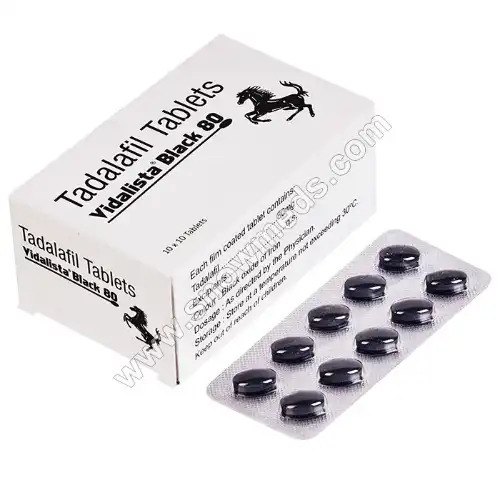Attention Deficit Hyperactivity Disorder (ADHD) affects millions of people worldwide, with symptoms ranging from inattention and hyperactivity to impulsivity. Over the years, advancements in ADHD medications and therapies have provided hope and relief for individuals grappling with its challenges. In this article, we delve into the latest developments in ADHD treatments, focusing on medications and therapies that offer new avenues for managing this complex condition.
Understanding ADHD Medications
ADHD medications play a pivotal role in managing the symptoms of the disorder, helping individuals improve focus, impulse control, and overall cognitive function. These medications primarily fall into two categories: stimulants and non-stimulants.
Stimulant Medications: Pioneering Treatment
Stimulant medications have long been the cornerstone of ADHD treatment, with drugs like methylphenidate (Ritalin) and amphetamine (Adderall) being widely prescribed. These medications work by increasing the levels of neurotransmitters like dopamine and norepinephrine in the brain, which are crucial for regulating attention and behavior.
Recent advancements in stimulant medications have focused on improving their efficacy and reducing side effects. Extended-release formulations, such as Concerta and Vyvanse, offer a smoother onset and longer duration of action, allowing for once-daily dosing and better symptom control throughout the day.
Non-Stimulant Medications: Expanding Options
For individuals who do not respond well to stimulant medications or experience intolerable side effects, non-stimulant medications provide alternative treatment options. Atomoxetine (Strattera) is one such medication that works by increasing the levels of norepinephrine in the brain, helping to improve attention and impulse control.
Recently, the FDA approved viloxazine (Qelbree) for the treatment of ADHD in pediatric patients aged 6 to 17 years and is expected to provide a new non-stimulant option for managing the disorder. Viloxazine modulates norepinephrine levels similarly to atomoxetine but offers a distinct pharmacological profile, potentially addressing the unmet needs of some patients.
Emerging Therapies in ADHD Management
In addition to medications, various therapies have emerged as valuable adjuncts in managing ADHD symptoms, offering holistic approaches to treatment.
Behavioral Therapy: Nurturing Coping Strategies
Behavioral therapy, including cognitive-behavioral therapy (CBT) and behavioral interventions, focuses on teaching individuals with ADHD practical skills and coping strategies to manage their symptoms effectively. These therapies emphasize organization, time management, and problem-solving skills, empowering individuals to navigate daily challenges more successfully.
Neurofeedback: Harnessing Brain Activity
Neurofeedback, a non-invasive therapy, aims to regulate brain activity by providing real-time feedback on neural patterns. Through repetitive sessions, individuals learn to modulate their brain waves, improving attention, impulse control, and cognitive function. While research on neurofeedback’s efficacy for ADHD is ongoing, preliminary studies have shown promising results, suggesting its potential as a complementary treatment approach.
Mindfulness and Meditation: Cultivating Focus and Awareness
Mindfulness-based interventions, such as mindfulness meditation and yoga, have gained traction in ADHD management due to their focus on cultivating present-moment awareness and attention control. These practices encourage individuals to observe their thoughts and emotions without judgment, fostering self-regulation and reducing impulsivity. Incorporating mindfulness into daily routines can complement traditional treatments, promoting overall well-being and symptom relief.
The Future of ADHD Treatment: Personalized Approaches
As our understanding of ADHD continues to evolve, so too does our approach to its treatment. The future of ADHD management lies in personalized interventions tailored to individual needs and preferences. Advances in genetics, neuroscience, and digital health technologies hold promise for developing targeted treatments that address the underlying neurobiological mechanisms of the disorder.
Conclusion
ADHD medications and therapies have undergone significant advancements in recent years, providing individuals with more options for managing their symptoms and improving their quality of life. From innovative stimulant formulations to emerging non-stimulant medications and complementary therapies, the landscape of ADHD treatment continues to expand. By embracing a holistic approach that integrates pharmacological and non-pharmacological interventions, we can better support individuals with ADHD on their journey toward achieving optimal health and well-being.




